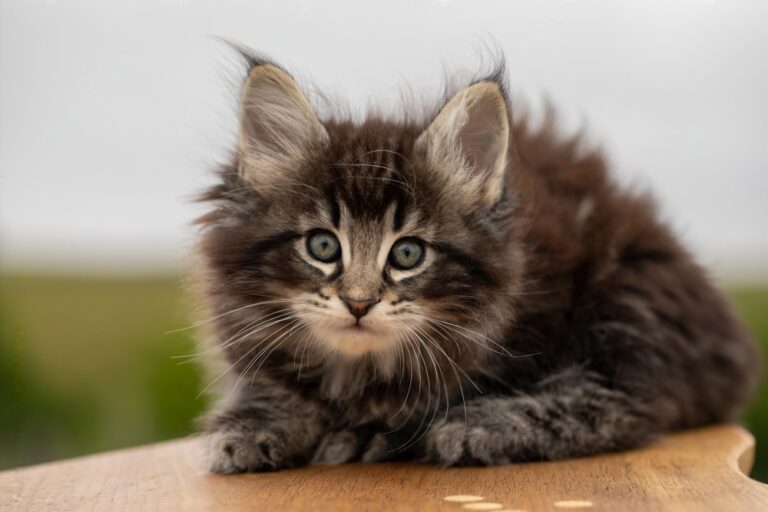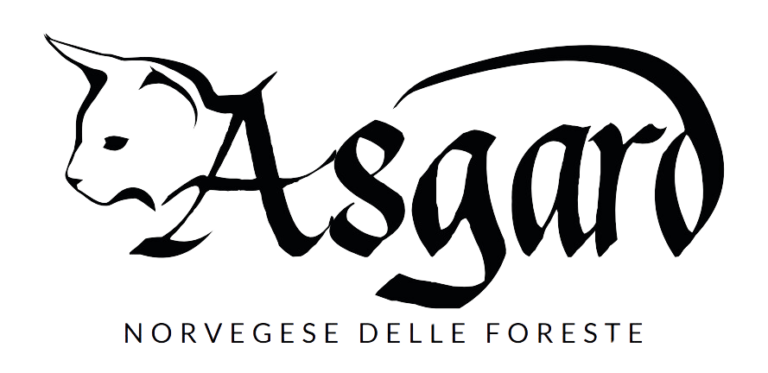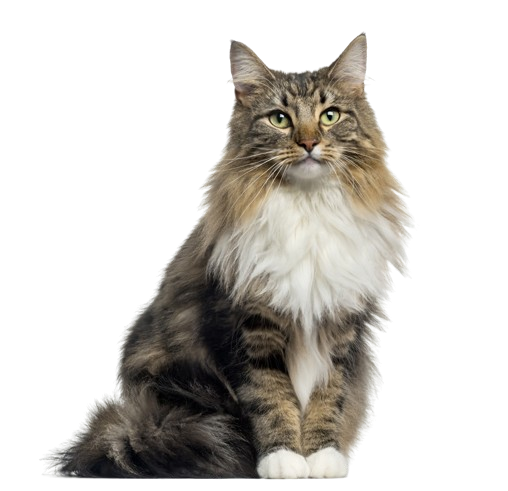
The Norwegian Forest Cat
Explore the fascinating world of the Norwegian Forest Cat, an ancient breed celebrated for its thick coat and affectionate personality. These elegant cats combine hardiness and gentleness, making them ideal companions for any family.
History and Origins
Il Gatto Norvegese delle Foreste, conosciuto nella sua terra d’origine come “Norsk Skogkatt”, è una razza antica le cui origini si perdono nella mitologia e nelle leggende norvegesi. Creduto per secoli compagno dei Vichinghi e abitante degli inospitali boschi scandinavi, questo gatto ha sviluppato un folto manto per proteggersi dal freddo e una robusta costituzione. Riconosciuto ufficialmente come razza solo nella metà del XX secolo, oggi il Norvegese delle Foreste è amato in tutto il mondo per il suo aspetto fiabesco e la sua indole affettuosa.
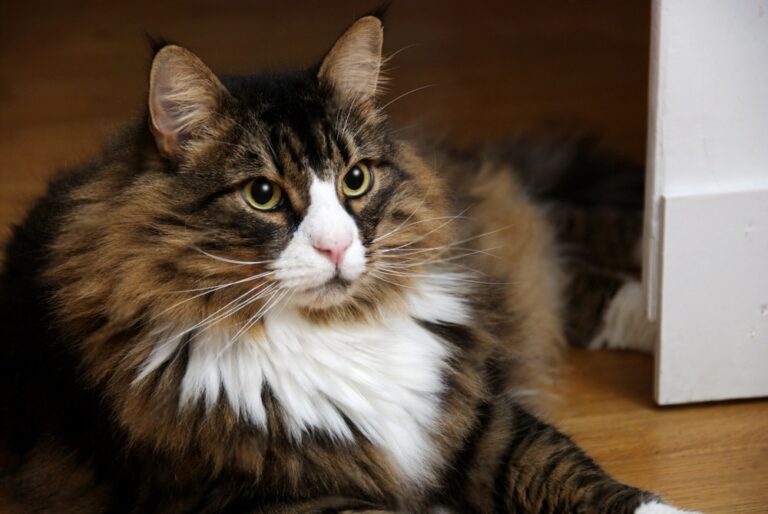

Physical Characteristics
The Norwegian Forest Cat is distinguished by its majestic and wild appearance. These cats are large in size, with a muscular body and long paws that make them skilled jumpers. Their double, waterproof coat is thick and long on the neck, back and tail, offering effective protection against the cold. Fur colors can vary widely, including almost all shades and patterns.
Character
Despite their proud appearance, Norwegian Forest Cats are extremely affectionate and friendly cats. They appreciate the company of both humans and other animals and are known for their quiet and thoughtful behavior. They are intelligent and playful cats who love to explore their environment, preferably at height, due to their nature as skilled climbers.

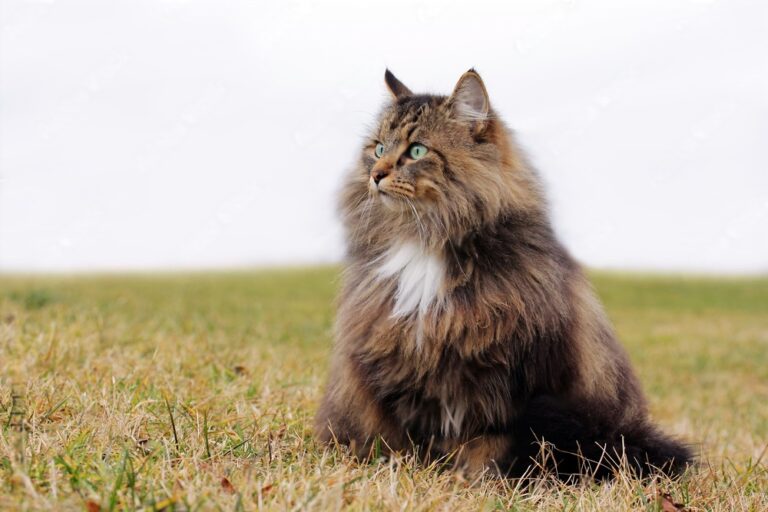
Care and Maintenance
Although their coats seem to require intensive care, Norwegian Foresters are actually relatively easy to maintain. A weekly brushing is usually sufficient to keep their coat in optimal condition, preventing knots from forming. As with all breeds, the Norwegian Forest Dog benefits from a balanced diet and regular veterinary checkups.
Health
Norwegian Forest Cats are known for their hardiness and an average lifespan that can easily exceed 14 years. However, as with any breed, there are predispositions to genetic conditions such as hypertrophic cardiomyopathy (HCM), hip dysplasia, and GSD4 (Glycogenosis Type IV), an inherited disease that can affect their well-being. It is crucial to opt for breeders who practice extensive genetic testing and health checks to minimize the risk of these conditions and ensure a long and healthy life for these beautiful felines.
